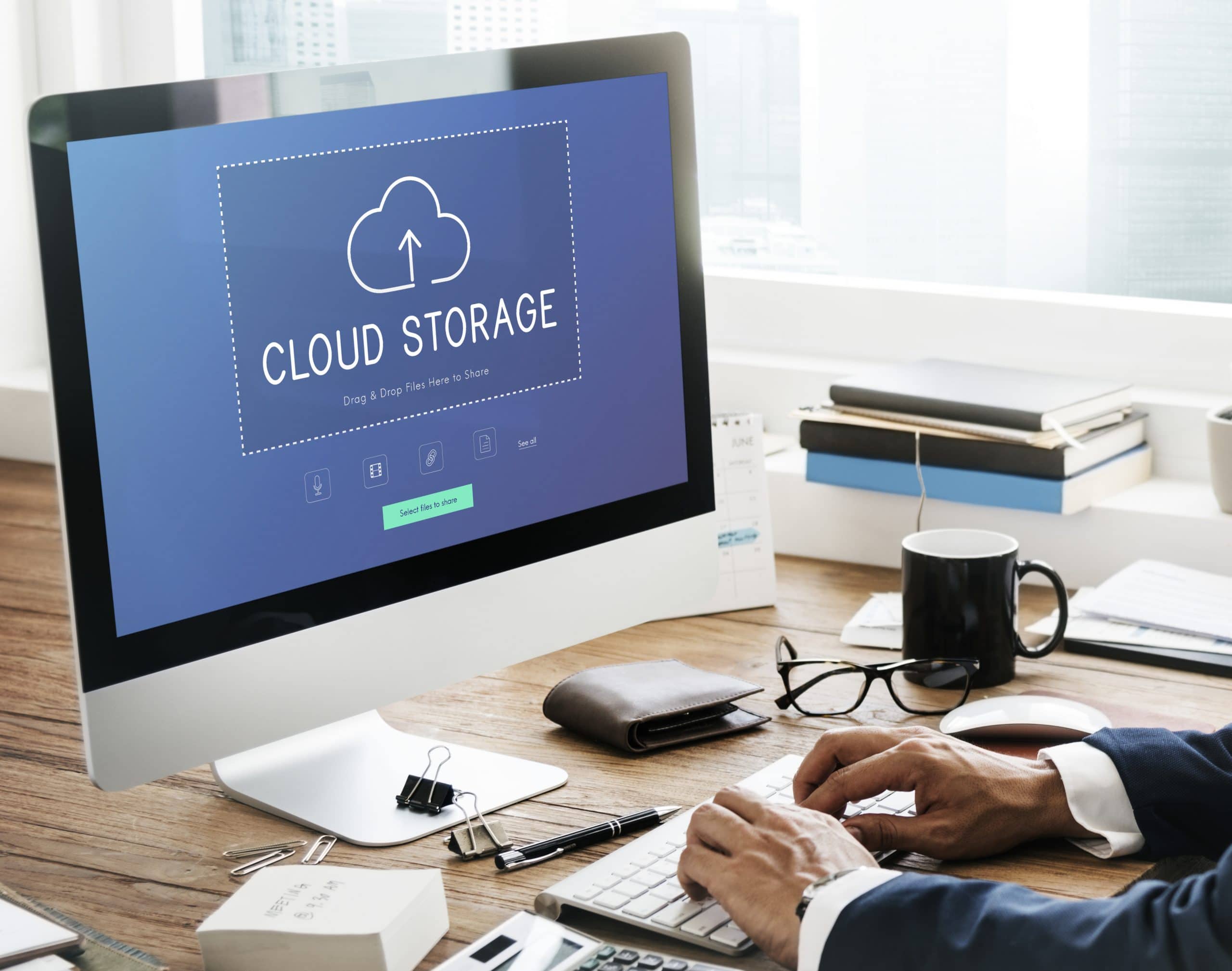For businesses that haven’t taken advantage of cloud computing in their architectures, it’s important to understand just how much this technology is catching on. There’s been a cloud computing “sea change” that has hit nearly every industry, and migrating to the cloud is now widely considered a best practice in modern business.
What Is Cloud Computing?
Cloud computing is essentially the idea of managing data in a remote vendor location and delivering it to users through the internet.
Changes in internet connectivity and new advances in technology have led businesses to use the global network as a way to offer all kinds of software products and other functionality without requiring users to download items on their own devices.
There’s less of a need for on-premise hardware and software management. The vendor, in a sense, handles everything. There’s often also no need to manage patches and updates since the software is actually being accessed on the vendor’s servers.
How Is It Used?
Cloud services are network-based setups. The vendor or provider will host all the data and code on their own servers. Then they will offer it to others on demand, where customers and clients will use the software through an Internet browser.
Typically, cloud computing replaces the traditional out-of-the-box method where customers would buy software on physical media, and use license keys to install it. That meant people in-house had to “maintain” the software with patches, licensing updates and more.
Instead, with cloud services, many of these users buy subscriptions to a given piece of software. They’ll have access to the software for a month or a year or some other time frame (after which they can renew), again, by communicating with the vendor’s own data center over the internet.
How to Use Cloud Computing for a Small Business
The applications for a small business are nearly endless.
On one hand, small businesses can rely on cloud vendors for operational software from payroll to tax preparation to product management. On the other hand, they can also use customer-facing applications to promote better sales volumes. Small businesses can allow individual customers to access applications or communicate with them through the web.
Things like inventory management and customer relationship management are also commonly done through a cloud computing framework. All sorts of ERP (enterprise resource planning) applications can be cloud delivered for convenience.
Some of these cloud services can also help with cybersecurity. In many cases, cloud computing is more convenient for small businesses because there is no need to download, license and install particular applications. This also makes it easier to change what you need from day to day where cloud computing is known for its on-demand service.
Small businesses can choose from a private cloud, where a special remote server is set up just for them, or a public cloud service, where multiple tenants are served by the same infrastructure. There’s also a “hybrid” choice for a mix of public and private cloud designs.
In conclusion, cloud computing is a remote delivery method that’s revolutionizing business, and companies that haven’t yet integrated cloud services into their IT systems will want to catch up.



